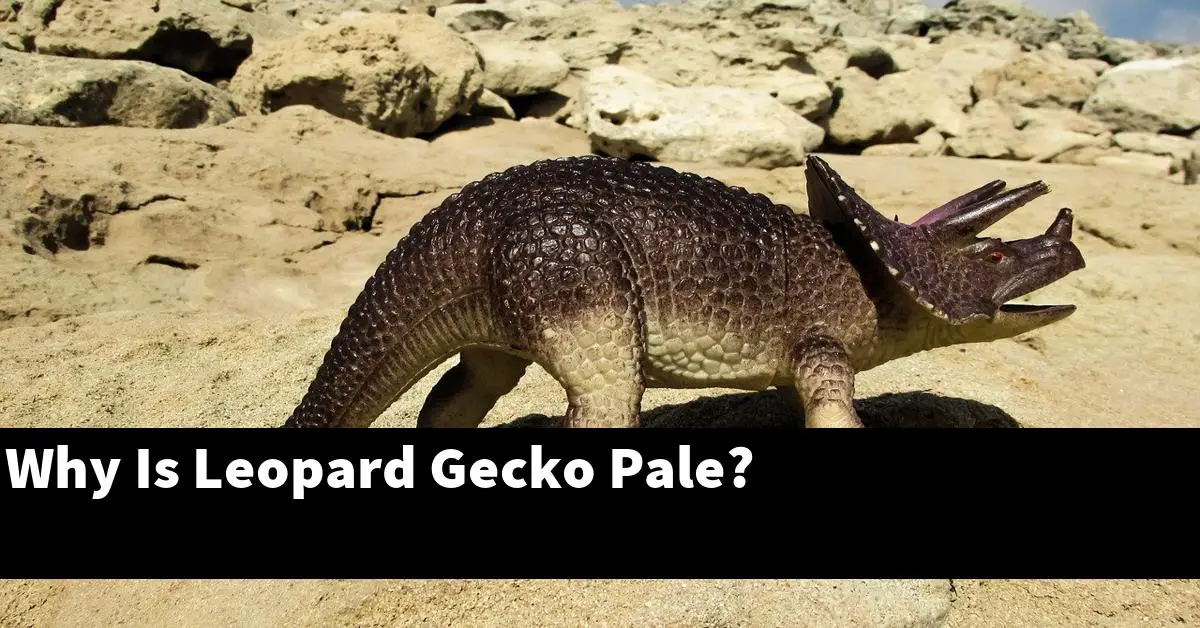If you’ve ever wondered why your leopard gecko looks a little washed out, you’re not alone. In this article, we’ll take a look at some of the reasons why leopard geckos can be pale, and what you can do about it.
Table of Contents
The leopard gecko’s natural camouflage.
The leopard gecko is a species of lizard that is native to parts of Asia and the Middle East. They are known for their ability to change the color of their skin to match their surroundings, making them incredibly difficult to spot in the wild.
This natural camouflage is made possible by special cells in the leopard gecko’s skin called chromatophores. These cells contain pigment granules that can be expanded or contracted to change the color of the skin.
Leopard geckos use this ability to blend in with their surroundings and avoid predators. It also helps them to ambush their prey, as they can simply lie in wait until an unsuspecting victim wanders by.
This amazing ability is just one of the many reasons that leopard geckos are such popular pets. They are relatively easy to care for and their fascinating color-changing abilities make them a constant source of entertainment.
The leopard gecko’s diet.
As far as captive reptiles go, the leopard gecko is about as easy to care for as they come. Part of the reason for this is that their diet is relatively simple and straightforward. In the wild, leopard geckos eat a variety of insects, such as crickets, cockroaches, and moths. They will also occasionally eat small lizards, snakes, and rodents.
In captivity, leopard geckos can be fed a diet of live insects, such as crickets and mealworms. These should be dusted with a calcium powder supplement to ensure that the gecko gets enough of this important nutrient. Leopard geckos will also accept pre-killed insects, as well as pinkie mice. It is important to offer a variety of different foods to ensure that the gecko gets all the nutrients it needs.
The leopard gecko’s habitat.
The leopard gecko is a species of gecko that is found in the deserts of Asia and parts of Africa. These geckos are nocturnal animals that spend their days hiding in burrows or under rocks to avoid the hot desert sun. At night, they come out to hunt for food, which includes insects, small lizards, and rodents.
Leopard geckos are well-adapted to their arid habitat. They have thick skin that helps to prevent water loss, and they can store fat in their tails, which provides them with energy when food is scarce. They also have special toe pads that allow them to climb vertical surfaces and escape predators.
As pets, leopard geckos are easy to care for and make great companions. They can be kept in a simple enclosure with a few hiding places, and they only need to be fed a diet of live insects. If you are considering getting a leopard gecko as a pet, be sure to do your research to make sure that you can provide them with the care they need to thrive.
Summary
There are many reasons why a leopard gecko might be pale. It could be due to a lack of food or water, or it could be sick. If you notice that your leopard gecko is pale, you should take it to the vet to get checked out.

